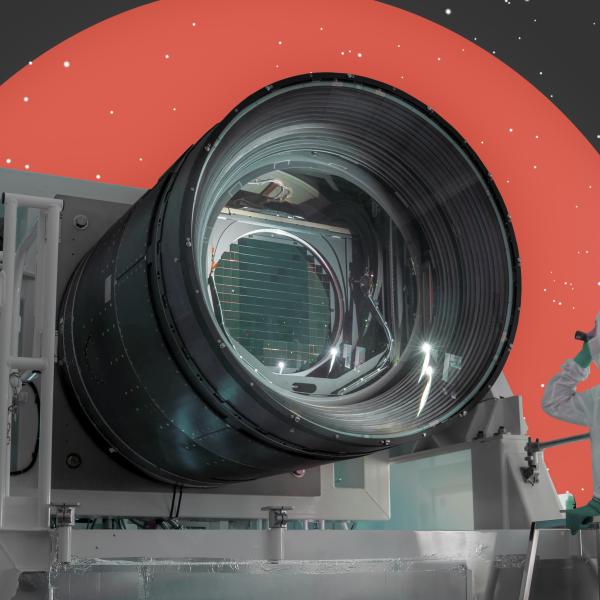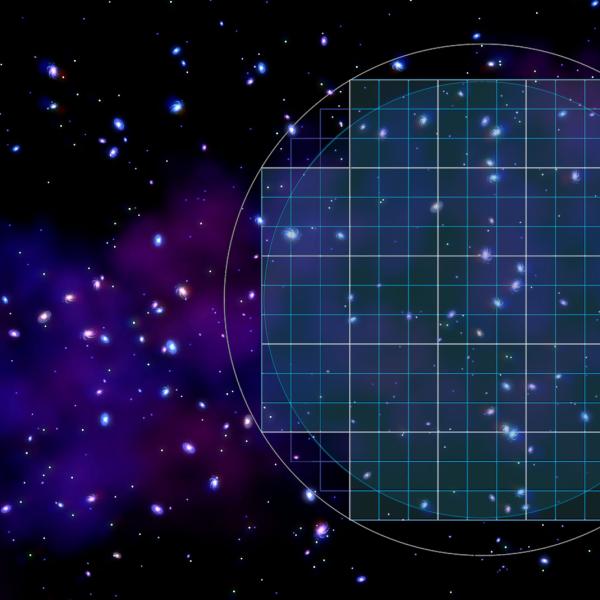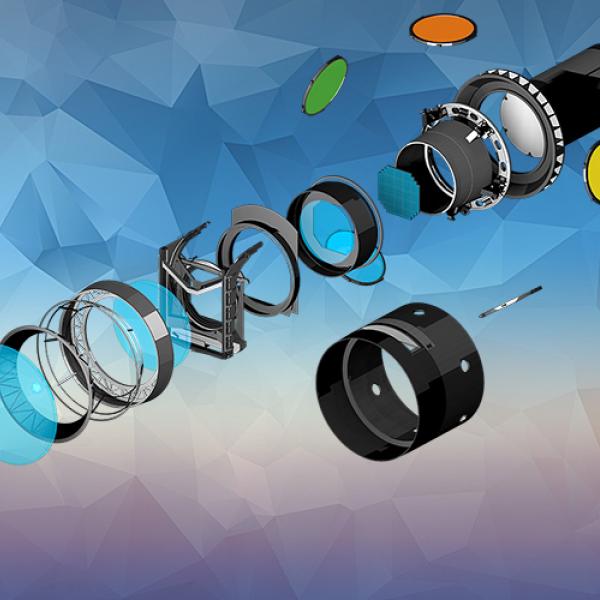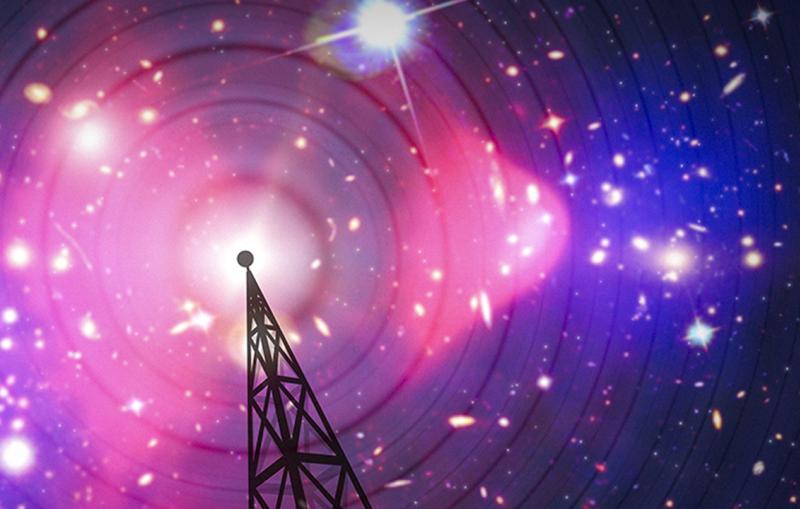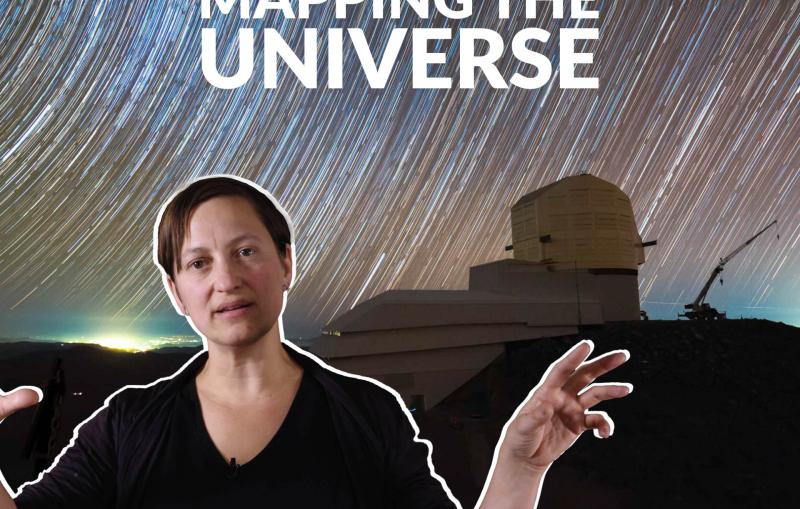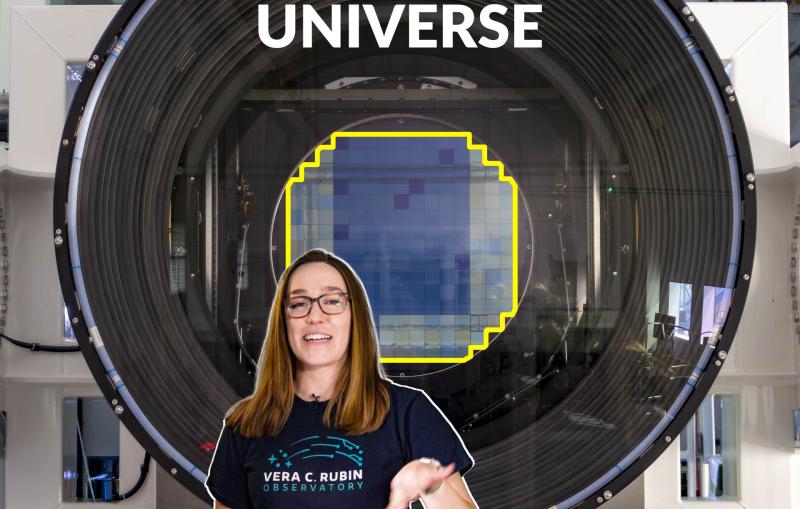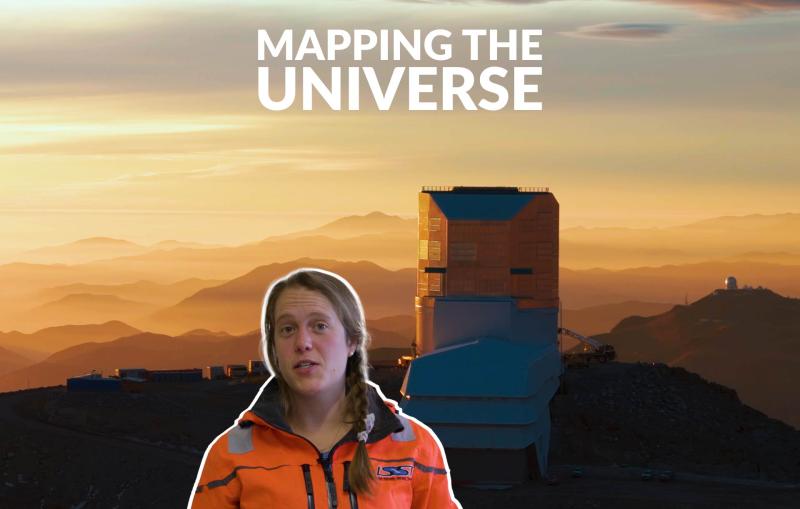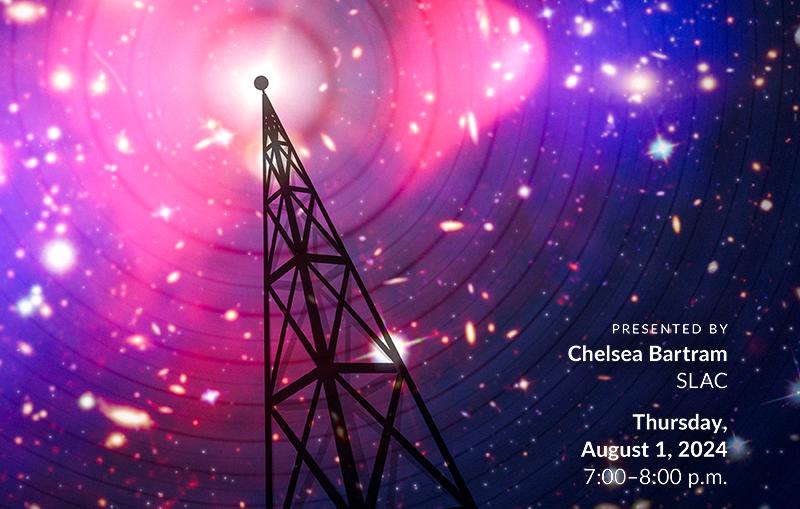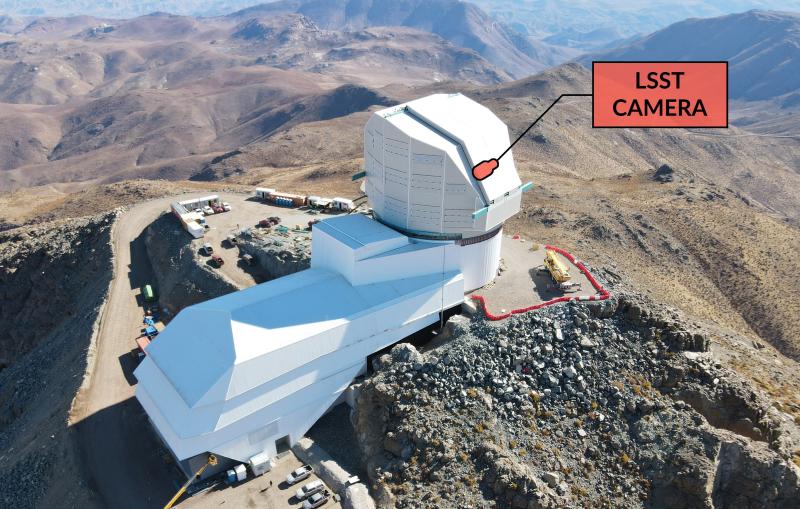HISTORY: 30 years ago scientists were looking for a new way to explore dark matter
our story today starts in the late 1990s
when the idea for what would become the
VC Reuben Observatory started to
emerge at the time researchers were
looking for ways to explore Dark Matter
dark matter is a substance that only
interacts with ordinary matter like the
matter here on Earth
gravitationally as researchers were
trying to find new ways to explore dark
matter they made observations of
supernova explosions that hinted that
the expansion of the universe is
actually
accelerating these observations implied
the existence of a mysterious dark
energy that permeates all of
space if we take all the forces that
shaped the universe scientists currently
believe that the universe is made up of
about 5% ordinary matter 27% dark matter
and 68% Dark
Energy in this case the term dark
applies because it doesn't appear to
emit reflect or absorb light and
scientists aren't yet sure about how to
directly detect
it in order to get some more insights
into dark energy and dark matter
astrophysicists realized that they would
need to map out the large scale
structure of the universe and its
changes over time where were they going
to
SLAC: Steve Kahn introduces a new telescope idea to SLAC National Laboratory
[Music]
start
in 2003 Steve Khan an astrophysicist
working on the subject joined SLAC he
brought with him the idea that SLAC and
the department of energy should engage
in the development of a large aperture
Widefield telescope that could prohibit
the very nature of dark energy and dark
matter along with his fellow researchers
KH spent the next decade building out an
international network of scientists and
researchers to begin working on how they
could bring the telescope to life while
the telescope itself is being built in
Chile the centerpiece camera module is
being assembled right here at SLAC
using Parts developed at SLAC and at
other institutions around the world as
you can see from this map the
coordinated effort it took to bring
together so many widespread teams was an
enormous
LSST Camera: The centerpiece would be a 3.2 gigapixel camera
feat the centerpiece of the telescope
would be its camera module in the early
2010s after all their preparation SLAC
researchers and their collaborators in
the US and in Europe began prototyping
the
camera the camera was designed with a
sensor of 3200 megapixels making it the
largest camera ever built for
astronomy for comparison the smartphone
you might be watching this on right now
probably has around 12
megapixels using this powerful new
camera researchers plan to capture one
image every 30 seconds now I know that
may not sound very fast but remember
they're photographing into deep Darkness
they need a longer shutter speed for
this once they have all these images
A 10-YEAR movie of the universe
scientists will produce a very high
resolution image of the Southern Sky
every three
nights ultimately the plan is to run it
as a 10-year project that means that
over the course of those 10 years the
camera will capture the entire Southern
sky over a thousand
times this process will create a
detailed map of the night sky revealing
how matter is distributed throughout the
universe as well as charting changes in
the sky and matter over
time these observations will help
researchers understand the nature of
dark matter and dark
energy but that's not all the telescope
and its camera will help astronomers map
out a lot of transient phenomena like
exploding stars and asteroids whose
positions change from night to night
a helpful way to think of it is kind of
like a 10-year-long movie of the
universe this 10-year survey is called
the Legacy survey of space and time or
LSST and the camera module itself has
come to be known as the LSST
A multi-lab collaboration
camera in order to design electronics
for the new detectors LSST camera
researchers collaborated with teams at
SLAC and at the department of Energy's
Brookhaven net National
Lab they also worked closely with the
Department of Energy's Lawrence
Livermore National Lab to develop some
of the largest camera lenses ever built
LSST camera is ready to ship to Chile
now after two decades of work the LSST
camera is
complete then it'll be shipped to
Chile and finally ready to take the most
detailed images of the night sky ever
produced if all goes according to plan
that'll happen sometime in
CONCLUSION
2024 over its 10-year run the LSS camera
and the ver ruin Observatory are going
to have a huge impact on the field of
astronomy by cataloging roughly 20
billion
galaxies that's around 10% of all
galaxies estimated to exist in our
observable universe and no one knows for
sure what we'll discover but it's a
really exciting time for astronomy and
we're glad you're on this journey with
with us now to learn more about SLAC
CREDITS: Inspired by Vera Rubin, an amazing discovery on dark matter.
check out our other videos in our
history series as well as our explainer
videos that give more insight into the
[Music]
science and please subscribe you can
also follow us on Instagram Twitter
Facebook and Linkedin thanks for hanging
out with us today see you next
time
